12 Day Egypt Historical Package
Desde USD 2'000
+19 Opciones adicionales
► Day 1- Arrival: Friday
Upon your arrival at Cairo airport, you will be met by our local representative, who will assist you through immigration and passport control and collecting your baggage. You will then be transferred to your hotel, where your Egyptologist tour guide, will accompany you for the duration of the tour, .overnight in Cairo
► Day 2 - Giza Pyramids and Museum
Our tour guide will pick you up from your hotel in Cairo or in Giza at 8:00 am and get ready for your Private day tour to the Pyramids of Giza with a Private tour guide
First, you will visit the Great Pyramid of Giza (also known as the Pyramid of Khufu or the Pyramid of Cheops ) is the oldest and largest of the pyramids in the Giza pyramid complex. It is the oldest of the Seven Wonders of the Ancient World, and the only one to remain largely intact.
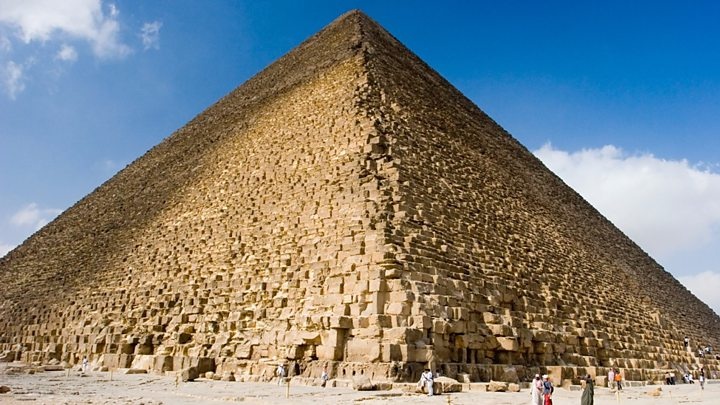
The Great Pyramid was built as a tomb for the Fourth Dynasty Egyptian pharaoh Khufu and estimate that it was built in the 26th century BC during a period of around 27 years.
Initially standing at 146.5 metres (481 feet), the Great Pyramid was the tallest man-made structure in the world for more than 3,800 years. Throughout history, the majority of the smooth white limestone casing was removed, which lowered the pyramid's height to the present 138.5 metres. What is seen today is the underlying core structure. The base was measured to be about 230.3 metres (755.6 ft) square, giving a volume of roughly 2.6 million cubic metres (92 million cubic feet), which includes an internal hillock
If you wish to visit the burial chamber of King Cheops . You can ask the tour guide to buy it for you it costs 400 l. E per person( 26$ per person)
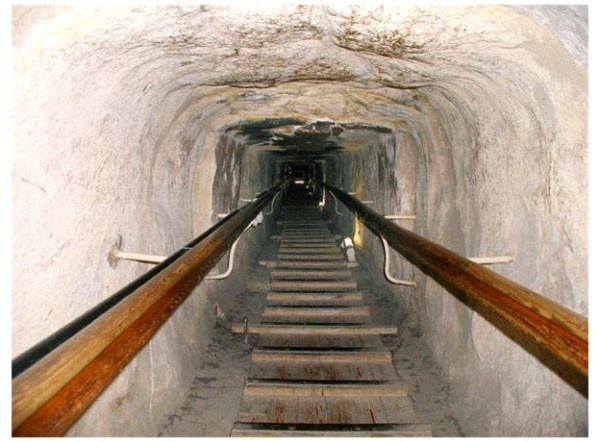
Then we will visit the Pyramid of Chephren or Khafre. This r is the second-tallest and second-largest of the 3 Ancient Egyptian Pyramids of Giza and the tomb of the Fourth-Dynasty pharaoh Khafre (Chefren), who ruled c. 2558−2532 BC
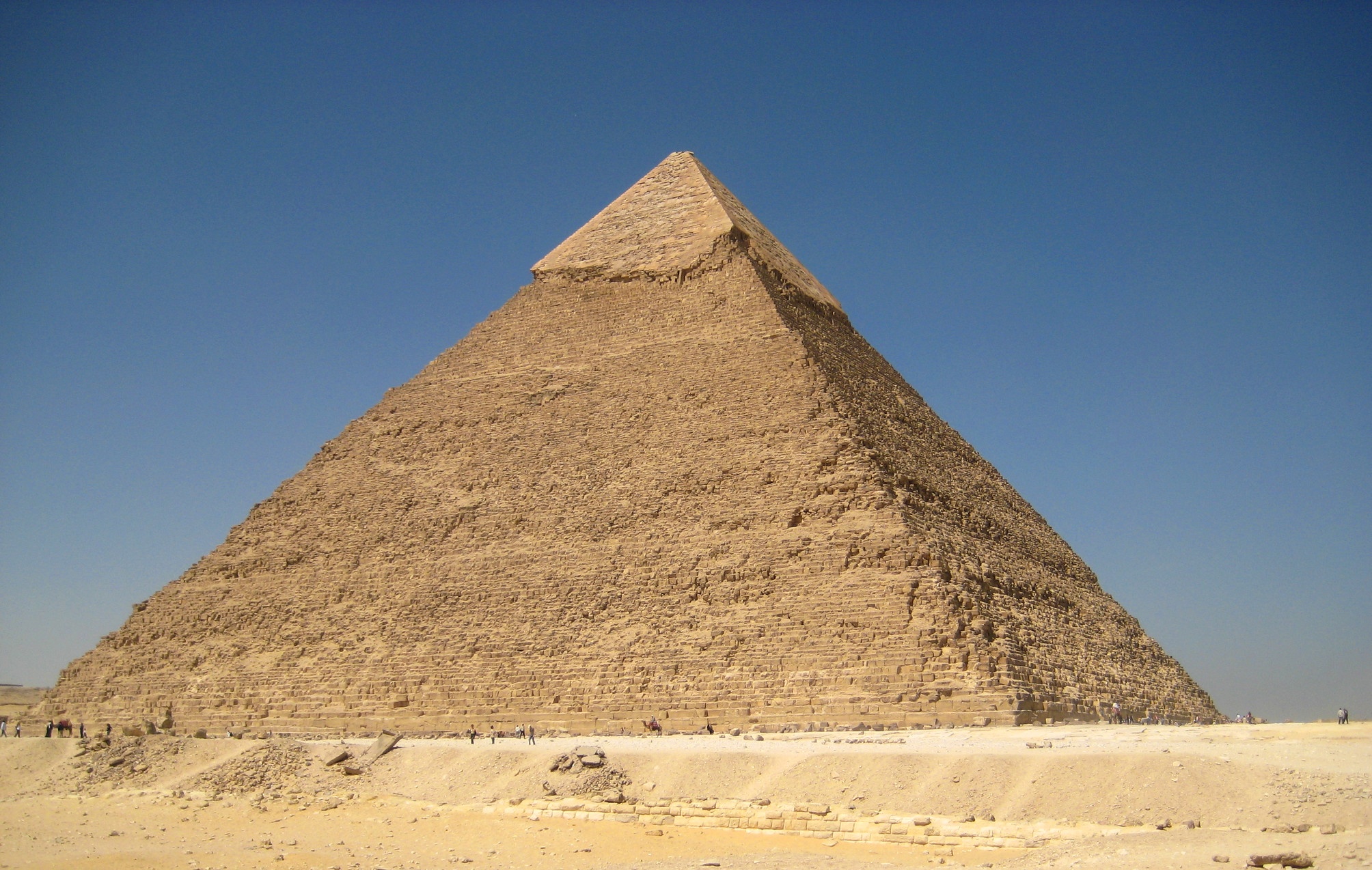
Then we will the Pyramid of Mykerinus.
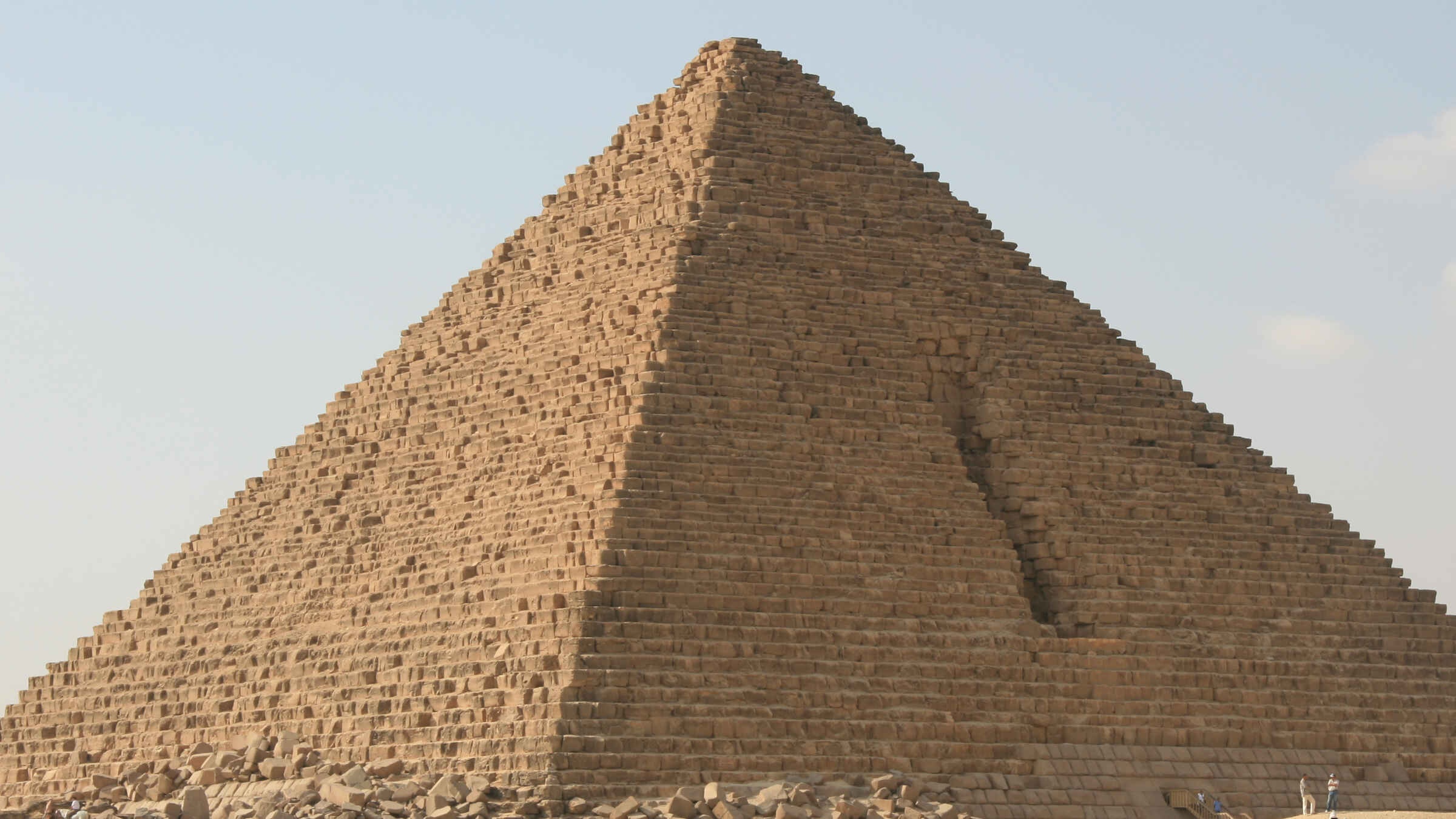
Enjoy a Panoramic View of the 3 Pyramids of Giza
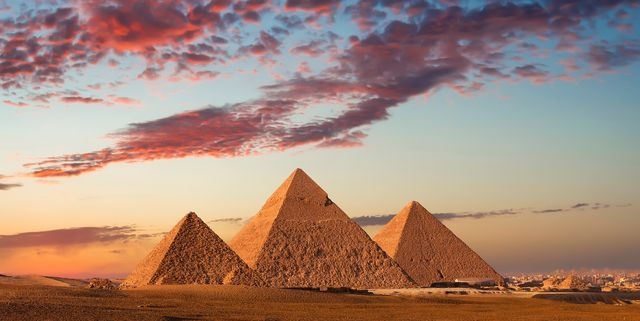
We go head to visit the Valley Temple of king Chephren. While doing that you can have a closer look at the Great Sphinx - the legendary guardian that stands by the huge funeral complex with its lion body and the head of king Chephren. Enjoy a camel ride by the Pyramids of Giza in the desert
.Overnight in Cairo
► Day 3-Memphis - Sakkara and Dahshour
You will be picked up from your hotel by Marsa Alam tour guide to enjoy the Cairo Day Tour to Memphis Sakkara and Dahshur Pyramids. You will start with the Step Pyramid at Sakkara, which is considered the world1s oldest major stone structure. It was built in the 4rd Dynasty for King Djoser. Then Proceed to have your lunch at a local restaurant. After that transfer to Memphis which was founded by King Menes, and was the capital of Egypt during the Old Kingdom, it was considered to be a centre of rule and culture for over 4000 years the first capital of Egypt, and see the Statue of Ramses II and the Alabaster Sphinx of Memphis. Then drive to Dahshur, Two of the later pyramids constructed here have been completely destroyed by time and the elements and several others, such as the Black Pyramid (12th Dynasty, 1929-1885 BC), are badly damaged, but Dahshur also boasts two of Egypt’s best-preserved early pyramids. Both built during the reign of King Sneferu (2614-2589 BC), the founder of the 4th Dynasty, the Bent Pyramid and the Red Pyramid at Dahshur are massive evidence of the architectural development that led to the construction of the Great Pyramid and it companions at Giza. Then drive to your hotel.
lunch will be at a local restaurant
►Day 4 Alexandria Day Tour
Drive to Alexandria (220 km/ 3 hours driving) to your hotel in central Alexandria facing the Corniche, Afterwards see some of the Graeco-Roman sites in Alexandria including
1- The Catacombs Kom el Shoqafa :
The Catacombs Kom el Shoqafa are hewn from the rock on the southern slopes of a hill, in the Carmous district. Thought to date from the 2nd century AD, they offer an admirable example of the characteristic Alexandria n fusion of Egyptian and Greco-Roman styles. Discovered in 1900 (thanks to a donkey falling into them)
2- Pompey pillar :
A massive 30m column looms over the debris of the glorious ancient settlement of Rhakotis, the original township from which Alexandria grew. Known as Pompey’s Pillar, for centuries the column, hewn from red Aswan granite, has been one of the city’s prime sights: a single, tapered shaft, 2.7m at its base and capped by a fine Corinthian capital. The column rises out of the sparse ruins of the Temple of Serapeum , a magnificent structure that stood here in ancient times.
3- Lunch in one of Alexandria Egyptian restaurant /Fish Market or Tikka with Great view to the Citadel and the Fishing Port.
4- Bibliotheca Alexandrina:
A re-imagining of Alexandria 's ancient Great Library, this gorgeously designed cultural centre contains a host of museums, as well as one of the modern world's most ambitious libraries. Its architecture — a giant sun disk — presides over the waterfront Corniche, while inside, a huge reading room can hold eight million volumes. Built-in 2002 as a memorial to one of the largest and most important libraries in antiquity, the Royal Library of Alexandria . The old library was burnt down and with the fire, many of its books were destroyed. The modern library may not be as important and rich as the previous one, yet it’s still a large library and a major cultural centre including three museums, four art galleries, a planetary and a laboratory where they rescue and fix old manuscripts. They also have a good section of children’s books which can be fun to explore if you’re on holiday with your kids.
the dazzling building, opened in 2002 by UNESCO This massive construction houses three museums ( Antiquities museum, Sadat museum, Manuscript museum). In the afternoon visit
5- The Fort Qaitbey :
Fort Qaitbey was built by Mamluke Sultan Qaitbey in an effort to fortify this important Egyptian port from attack. Historically one of the most important defensive strongholds in Egypt and along the Mediterranean Sea coast, the Fort of Qaitbey was an essential chess piece in the security of Alexandria . The fort sits at the entrance of the harbour on the Pharos Island, where it replaced the famous Lighthouse of Alexandria , which was one of the Seven Wonders of the Ancient World. Despite being finally annihilated in a devastating earthquake, remnants of the red brick used in the construction of the lighthouse still remain–a nostalgic reminder of how magnificent it would have looked in its prime time. Nonetheless, the fort is still a sight to feast your eyes on. We recommend strolling to Fort Qaitbey along the Corniche, giving you unforgettable views of the Mediterranean sea.
Leaving Alexandria Drive back to Cairo
► Day 5 Old Cairo and Citadel
Pick Up time from your hotel in Cairo or Giza at 08:00 am with your Egyptologist tour guide, you will drive up to the Saladin Citadel, constructed by Salah al-Din on the Moqattam Hills in 1183 AD as a defense against Crusader armies. Known for its fresh air and sweeping views of Cairo , it is now a preserved historic site of mosques and museums, including the Mosque of Muhammad Ali Pasha
Designed by the Turkish architect Yousif Boushnaq, who came to Cairo especially from Istanbul to build the great building, the mosque's alabaster structure stands in beautiful contrast to the sandstone city.
Lunch will be served in a local restaurant in Old Cairo
Continue to the Khan el-Khalili Bazaar, one of the oldest bazaars in the Middle East. Discover the old Cairo the center of Cairo ’s trading activities since the 14th century.
Meals: Breakfast in the hotel and Lunch during the trip
transfer to Cairo airport for a short flight to aswan
overnight in Aswan
► Day 6 Abu Simbel
Early Visit to Abu Simbel from Aswan
► Abu Simbel temples
The two temples of Ramses the Second and the Queen Nefertari were carved out of the Mountain on the west bank of the Nile between 1274 and 1244 B.c, The Great Temple was dedicated to Ramses the Second, Ra-Harakhty, Amun Ra and Ptah, with 4 Colossal statues, The second temple was dedicated to Queen Nefertari and Goddess Hathor, the two temples were dismantled stone by stone and rebuilt on higher ground, The preservation of the two temples of Abu Simbel must Rank as the greatest Achievement of the Unesco
Lunch will be served on a Nubian village
optional tour to Nubian Village 50$ per person
Sail along the famous Nile River to a Nubian village that is located just opposite Soheil Island, near the Aswan Dam passing. This fantastic tour to a Nubian village lets you experience a unique lifestyle as you see their culture and traditions first-hand.
Wander through houses painted sky-blue, pink or yellow and often decorated with beautiful scenes, all set amid lush palm groves. Shop for delightful hand-crafted gifts to remember your trip by. Accompanied by an expert guide for your trip learn all about this fascinating area before sailing back down the Nile and being dropped at your hotel in Aswan
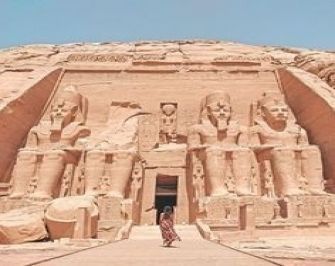
► Day 7- Aswan attractions:
you will be escorted by your private tour guide to start your tour among Aswan tourist attractions including, the temple of Philae, and a tour by Felucca around Elephantine, the High Dam, the Unfinished Obelisk.
Phiala temple:
Built to honor the goddess Isis, this was the last temple built in the classical Egyptian style. Construction began around 690 BC, and it was one of the last outposts where the goddess was worshipped
Aswan high dam:
Aswan High Dam is a rock-fill dam located at the northern border between Egypt and Sudan. The dam is fed by the River Nile and the reservoir forms Lake Nasser. Construction for the project began in 1960 and was completed in 1968. It was officially inaugurated in 1971.
Aswan was the source of ancient Egypt’s finest granite, used to make statues and embellish temples, pyramids, and obelisks. The large unfinished obelisk in the Northern Quarries has provided valuable insight into how these monuments were created, although the full construction process is still not entirely clear. Three sides of the shaft, nearly 42m long, were completed except for the inscriptions. At 1168 tonnes, the completed obelisk would have been the single heaviest piece of stone the Egyptians ever fashioned.
overnight in aswan
► Day 8 Edfu and kom ombo temple
Kom Ombo and Edfu -Luxor
At 8 am start your tour
The temple and the associated settlement site are located 40 K.m north of Aswan, the temple was dedicated to the deities Sobek and Horus and date mainly to the Ptolemaic and Roman periods (332 B.b -395 A.c)
then proceeded to Edfu temple
Edfu temple :
The upper Egyptian site is dominated by a large well -Preserved temple, dedicated to the hawk-God Horus, The Construction of Ptolemaic temple of Horus, which was founded on the site of a much earlier temple, dated to the period between the reigns of Ptolemy the Third(246 B.c), The descriptions on the walls include the Myth of contending of Horus and Seth(Probably performed annually as a religious Drama.
drive to Luxor
lunch on the way then transfer to the hotel in Luxor
overnight in Steigenberger Nile palace
► Day 9 -Luxor-The Valley of Kings
Pick up from your hotel in Luxor Start your tour of the ancient city of Luxor. Accompanied by your private tour guide where you’ll Begin to visit the famous historical site
► The Valley of the Kings
The final resting place of Egypt’s rulers from the 18th to the 20th dynasty, it is home to tombs including the great Pharaoh Ramses II and boy Pharaoh Tutankhamun. The tombs were well stocked with all the material goods a ruler might need in the next world. Most of the decoration inside the tombs still well preserved.
If you wish to visit the Tomb of The young Pharaoh Tutankhamun. It costs 200 Egyptians Pounds Extra
► The Temple of Hatshepsut
Temple of Hatshepsut is one of the most beautiful & best preserved of all of the temples of Ancient Egypt you can find at Luxor. The temple was built on three levels with two wide ramps in a central position joining the levels together. Rising out of the desert Plain, in a series of terraces, The temple of Hatshepsut Mergs with sheer limestone Cliffs of the eastern face of the Theban Mountain as if Nature herself had built this Extraordinary monument.
► Colossi of Memnon
Colossi of Memnon are two massive stone statues of king Amenhotep III are the only remains of a complete mortuary temple. The statues are made from blocks of quartzite sandstone which exist in Cairo then moved 700 KM to Luxor, The two statues Know as the Colossi of Memnon, Rising about 18 M from the plain, They are the remains of what once the largest complex on the west bank, Built by Amenhotep the Third. At around noon you will have lunch in a local restaurant in Luxor, Then Visit The Temple of Karnak -the largest ancient religious site known anywhere in the world :
overnight in Luxor
► Day 10 Luxor and Karnak temple
Marsaalamtours Tours representative will pick you up from your hotel in Luxor to Enjoy a day tour in Luxor , Start with a visit to the Karnak  Temple;
Temple;
Karnak temple is the largest ancient religious site known anywhere in the world, No site in Egypt is more impressive than Karnak. It is the largest temple complex ever built by man. It represents the combined achievement of many generations of ancient builders and Pharaohs. The Temple of Karnak is actually three main temples situated on 247 acres of land.
Luxor Temple:
Largely built by the New Kingdom Pharaoh Amenhotep the Third and Completed by King Tutankhamon and the Great King Ramses the second, The First pylon was raised by Ramses the Second and Decorated with His Military Battle of Kadesh
overnight in luxor
► Day 11 Dendera and Abydos day tour 26 Feb Monday
Pick up time from your hotel in Luxor by Marsa Alam tours tour guide, Then Drive to Dendera temple
With a break in the desert
Visit Dendera temple
Arrive at Dendera at 08: 30, You will be accompanied by an Egyptologist tour guide, He will explain the history of the temple
Dendera temple
The Temple of Hathor was largely constructed during the Late Ptolemaic period, specifically during the reign of Ptolemy XII and Cleopatra VII. Later additions were made during the Roman period. Although built by a dynasty of rulers who were not native Egyptians themselves, the design of this temple is that of other classical Egyptian temples, except the front of the hypostyle hall, which, according to an inscription above the entrance, was constructed by Emperor Tiberius.
Apart from these, there are also scenes in the temple complex portraying the Ptolemaic rulers. For example, carved onto the external face of one of the temple walls is a huge relief of Cleopatra VII and her son by Julius Caesar and co-ruler, Ptolemy XV (better known as Caesarion). The two Ptolemaic rulers are shown dressed in Egyptian garb and offering sacrifices.
Hathor was also regarded as a goddess of healing, and this is evident in the presence of a sanatorium in the temple complex. Here, pilgrims would come to be cured by the goddess. Sacred water (which was made holy by having it poured onto statues inscribed with sacred texts) was used for bathing, unguents were dispensed by the priests of Hathor, and sleeping quarters were provided for those hoping that the goddess would appear in their dreams, and so aid them.
Drive to Abydos temple from Dendera temple
Abydos temple
Considered one of the most important archaeological sites of Ancient Egypt, the sacred city of Abydos was the site of many ancient temples, including Umm el-Qa'ab, a royal necropolis where early pharaohs were entombed. These tombs began to be seen as extremely significant burials and in later times it became desirable to be buried in the area, leading to the growth of the town's importance as a cult site.
Today, Abydos is notable for the memorial temple of Seti I, which contains an inscription from the nineteenth dynasty known to the modern world as the Abydos King List. It is a chronological list showing cartouches of most dynastic pharaohs of Egypt from Menes until Ramesses I, Seti's father. The Great Temple and most of the ancient town are buried under the modern buildings to the north of the Seti temple. Many of the original structures and the artefacts within them are considered irretrievable and lost; many may have been destroyed by the new construction.
Abydos temple Located about 2.5 hours by car north of Luxor, Abydos was one of the most important religious sites to ancient Egyptians. Much like modern Muslims hope to complete a pilgrimage to Mecca at least once in their lifetime, ancient Egyptians would have hopes to visit Abydos, which for them was strongly associated with entrance into the afterlife.
Although there were several temples constructed here, the largest and most significant is known as the Temple of Seti I.
Finally, you will be transferred by a private air-conditioned vehicle to Luxor Airport for a short flight to Cairo
► Day 12-International departure
Check out - transfer to Cairo airport for final departure. You can extend your stay in Cairo
Aspectos importantes
- ► Giza Pyramids
- ► Cairo museum
- ► Dendera and Abydos
- ► Alexandria
- ► Abu Simbel
- ► Phiala temple
- ► Karnak
- ► Valley of Kings
- ► Hatshepsut temple
- ► old cairo
- ► Memphis .sakkara and dahsure
► Inclusions:
-
► Pick-up service at Cairo Airport.
- ► Flight tickets( Cairo Aswan - Luxor - Cairo )
- ► 5 nights stay in Cairo based on bed and breakfast basis.
- ► 3 nights stay in Aswan in hotel based on bed and breakfast basis.
- ► 3 nights stay at the hotel in Luxor based on a bed and breakfast basis.
- ► An escorted knowledgeable tour guide all over the tour.
- ► All your transportation during the tour with a private A.C car
- ► Entering fees to all the mentioned sightseeing on the itinerary.
- ► Private transfer from Aswan to Luxor.
- ► All service and Charges and taxes.
► Exclusions:
-
► International Airfare.
- ► Egypt entry visa.
- ► Tipping
- ► Optional Tours
► Please remember to bring:
-
► Passports valid 6 months
- ► Hat
- ► Suncreams
- ► Sunglasses
► What you'll get Live guide
-
► English, French, German, Italian, Arabic, Dutch
► Duration:
-
► About 12 Days / 11 Nights
► Type:
-
► Private
► Run:
-
► Everyday
► Pick-Up Time:
-
► according to the flight landing
► Booking Method:
- ► Full Payment during the trip or by Visa Card Online Via our website





